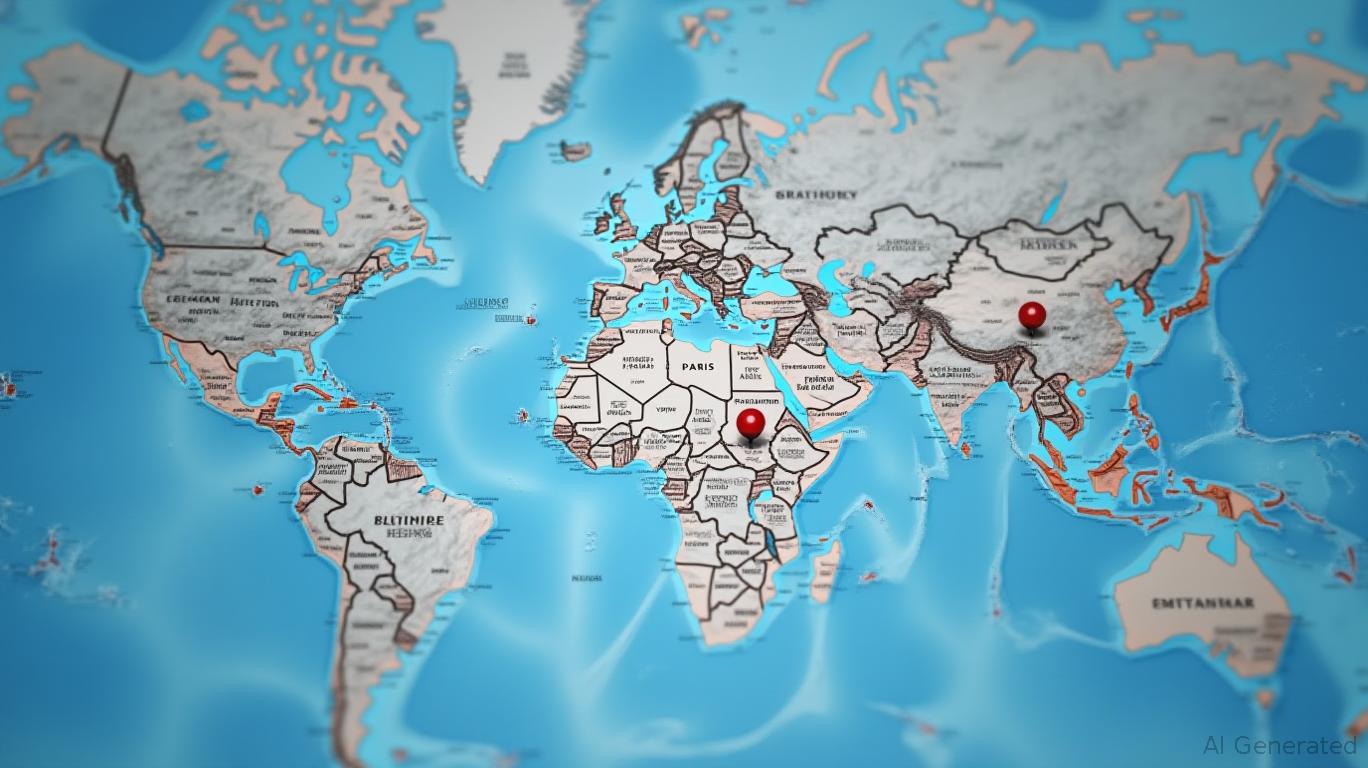AInvest Newsletter
Daily stocks & crypto headlines, free to your inbox
The telecommunications giant
France has entered a critical phase of its restructuring journey, filing for Chapter 15 bankruptcy protection in New York while pursuing parallel proceedings in France. This dual-track approach underscores the intricate interplay between cross-border insolvency frameworks and the competing interests of global creditors. For bondholders, the stakes are high: the interplay of U.S. and French bankruptcy laws will shape recovery prospects, while strategic choices made now could determine whether they salvage value or face prolonged uncertainty.
Altice's June 17 Chapter 15 filing in New York seeks recognition of its foreign proceeding—a likely French conciliation or sauvegarde—under the U.S. Bankruptcy Code. This move halts U.S. creditor actions and enables coordination with French courts. However, the ultimate restructuring framework remains fluid:
French Pathways:
Under France's modernized insolvency laws, Altice could pursue conciliation (a five-month consensual process) or sauvegarde (an in-court restructuring allowing cram-downs). The latter, if triggered, could impose a plan over dissenting creditors, stripping equity stakes under the absolute priority rule. For bondholders, this poses risks: a sauvegarde might dilute recoveries if creditors accept terms unfavorable to junior claimants.
U.S. Chapter 11 Option:
While less likely, a direct Chapter 11 filing in New York could offer advantages, such as pre-arranged plans or leveraging New York-governed debt terms. However, it would require Altice to demonstrate sufficient U.S. nexus—likely met through bank accounts or litigation exposure—and could complicate coordination with French stakeholders.
The choice hinges on creditor dynamics. A would reveal market sentiment, but the legal landscape remains contested. U.S. courts will scrutinize whether France is Altice's “center of main interests,” a threshold easily met given its French incorporation and operations.
Creditor groups have already formed, with secured bondholders engaging advisors like Gibson Dunn and Houlihan Lokey—a sign of contentious negotiations. Key focal points include:
The Unrestricted Subsidiary Designation:
Altice's decision to classify Altice Media (sold for €1.55 billion) as an unrestricted subsidiary has sparked legal disputes. Creditors argue this shields proceeds from debtors' estates, violating financing agreements. Bondholders must push for clawback provisions or guarantees that proceeds fund debt repayment.
Pre-Arranged Agreements:
A restructuring support agreement (RSA) among major creditors could fast-track a Chapter 11 or sauvegarde plan. If secured lenders holding ~€15 billion in claims align, they could force Altice into a consensual deal. Failure to secure 90% creditor support (a threshold for out-of-court success) may trigger in-court actions, with bondholders facing slower recoveries.
Asset Shielding: The Altice Media sale's proceeds, if not fully directed toward debt repayment, could leave unsecured creditors undercompensated.
Strategic Opportunities:
Creditor groups must adopt a multi-pronged approach:
Altice France's restructuring is a test case for cross-border insolvency frameworks. For bondholders, the path to recovery depends on balancing legal leverage with strategic pragmatism. While the unrestricted subsidiary dispute and equity retention risks loom large, proactive creditor coordination—backed by robust RSAs and judicial engagement—can mitigate losses. The coming months will reveal whether Altice's dual-track approach yields a sustainable plan or deepens creditor divisions. For investors, the lesson is clear: in cross-border restructurings, jurisdictional nuance and creditor solidarity are the ultimate arbiters of value preservation.

Daily stocks & crypto headlines, free to your inbox
Comments
No comments yet